Latest Bloomberg survey - 16 of 27 economists survey see RBA cut in March
Bloomberg's latest survey of 27 economists has 16 of them forecasting an Reserve Bank of Australia rate cut on March 3
- Of 25 bps
- So, from 2.25% tp 2%
- Market pricing has the probability of a cut at around 65%
- The other 11 have the RBA on hold on Tuesday


 LinkBack URL
LinkBack URL About LinkBacks
About LinkBacks





 Reply With Quote
Reply With Quote
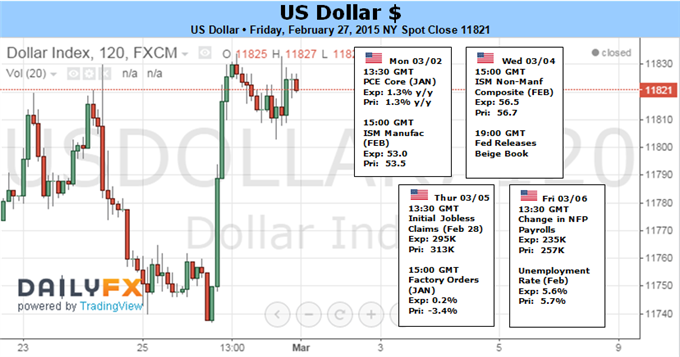
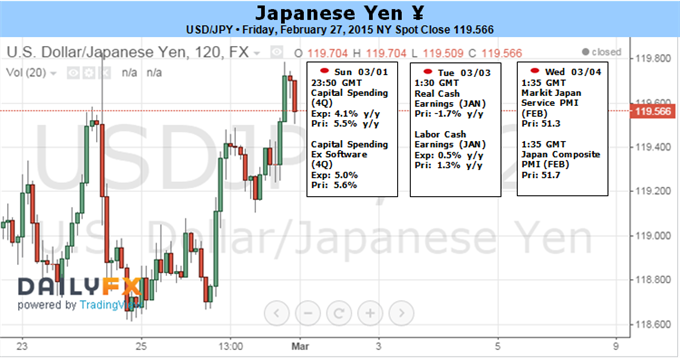
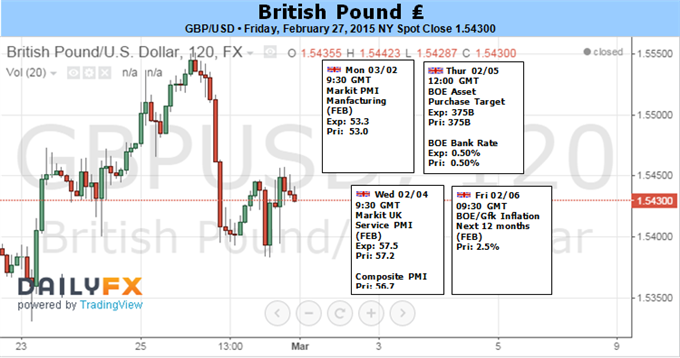
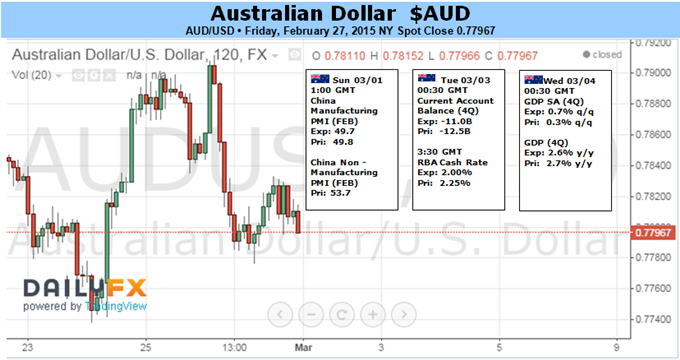

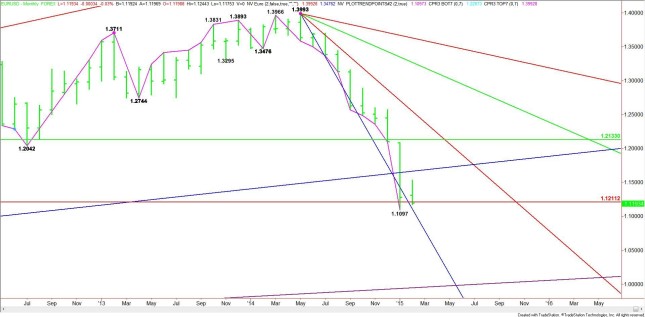


Bookmarks